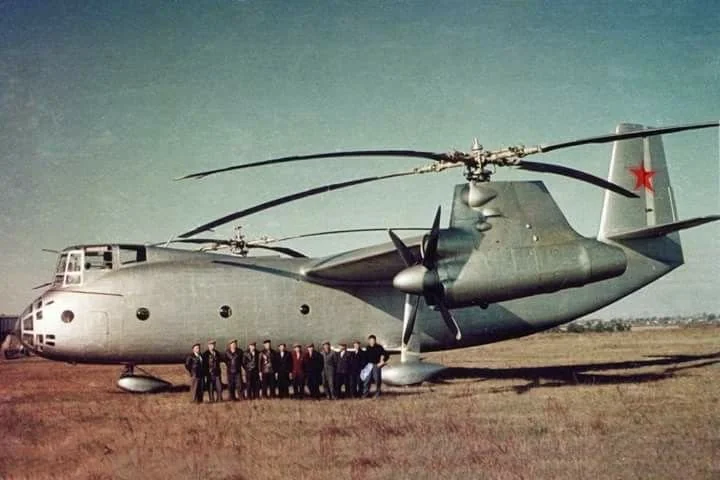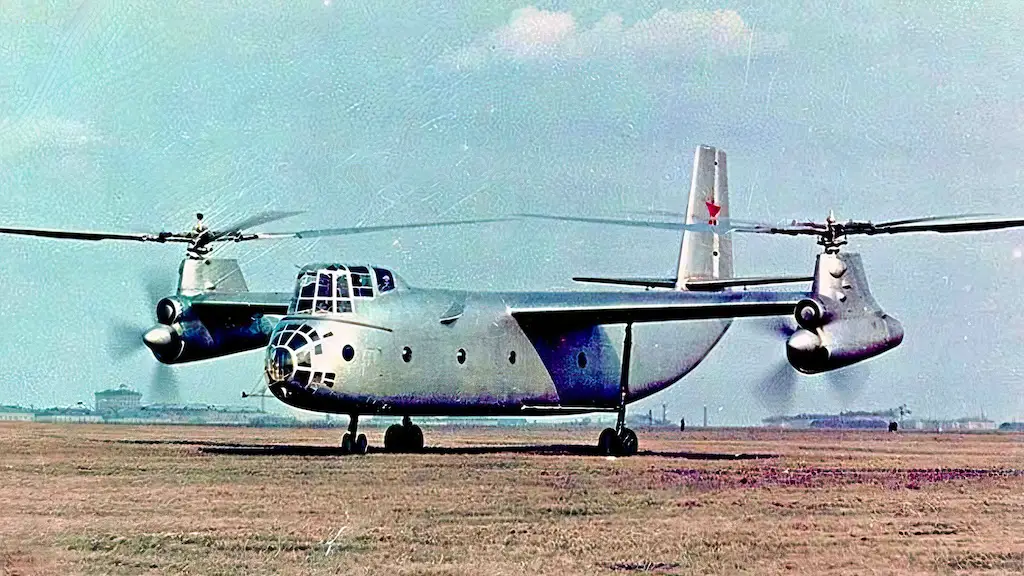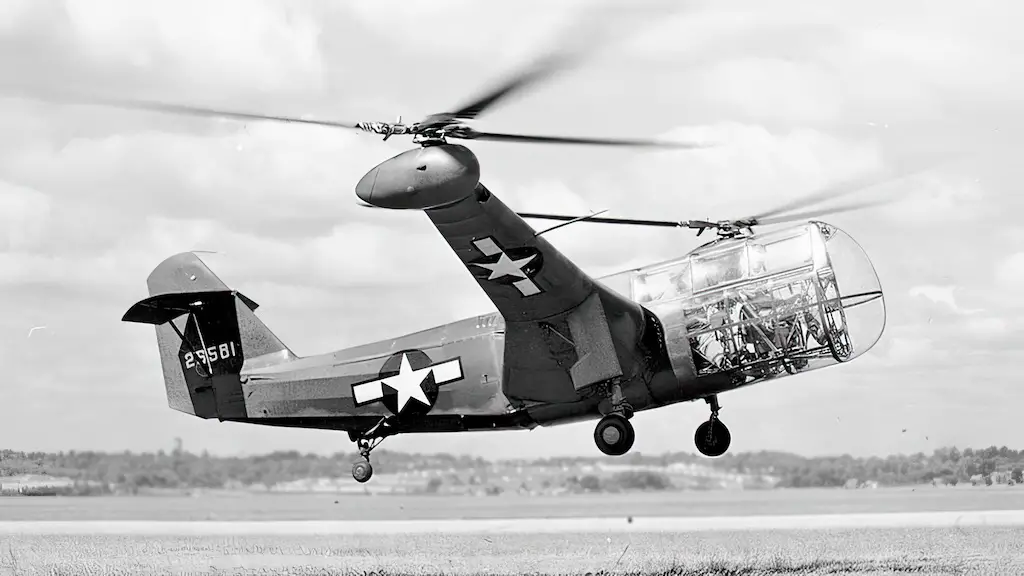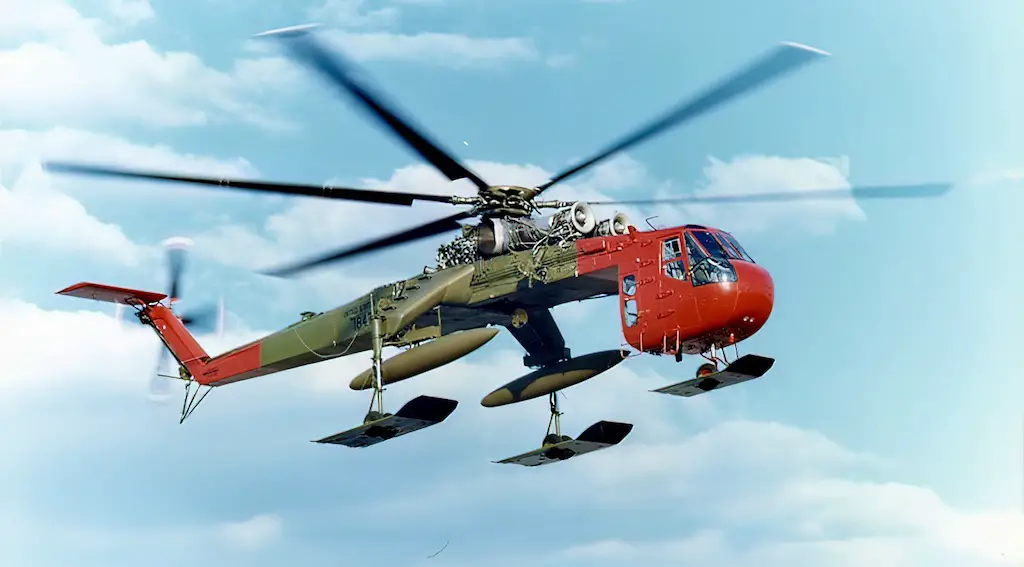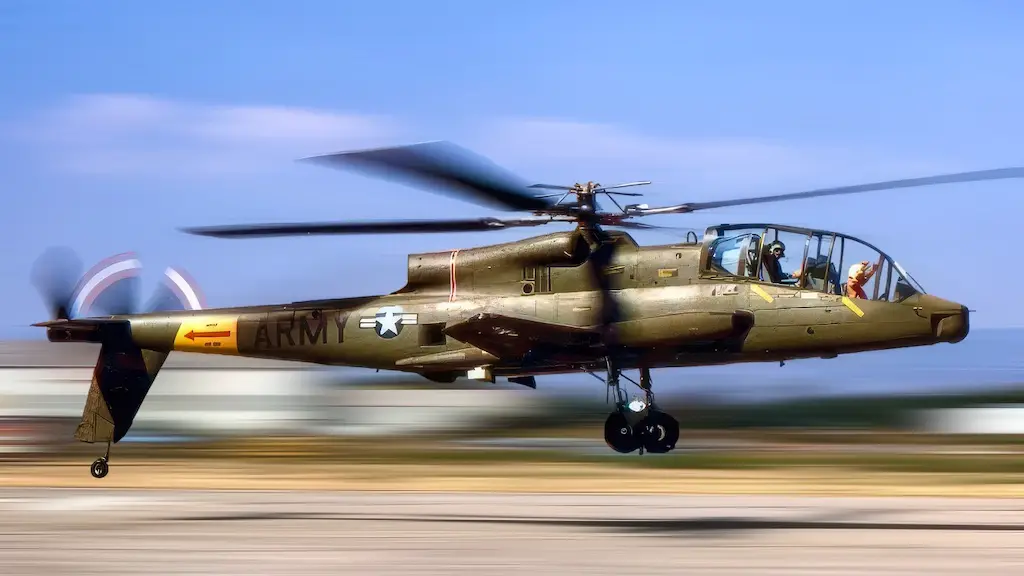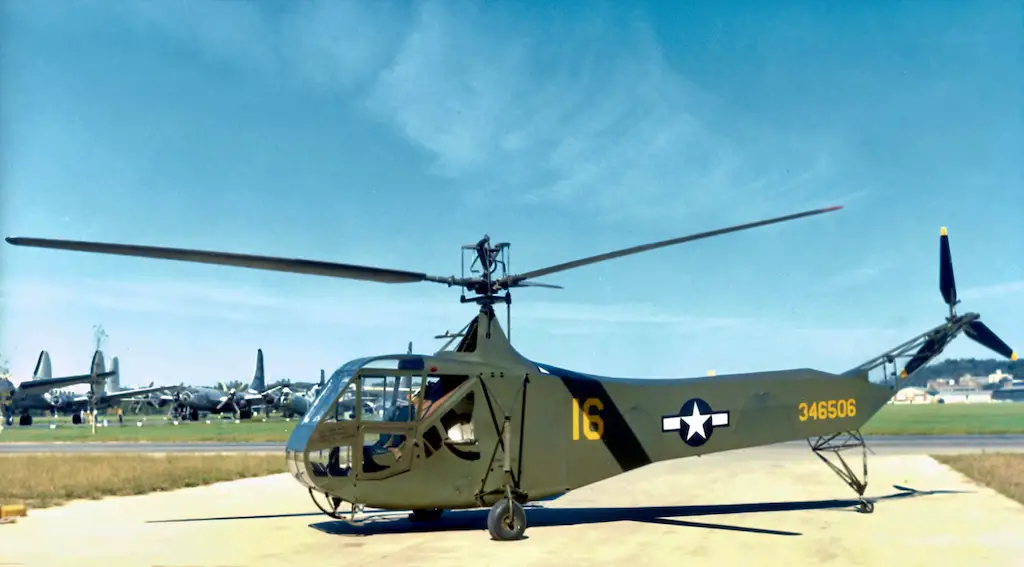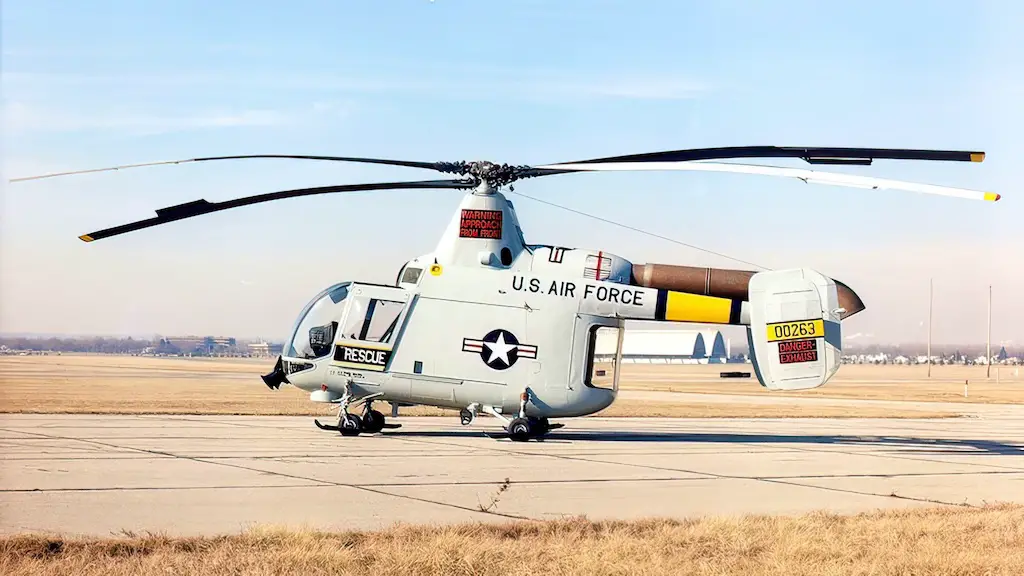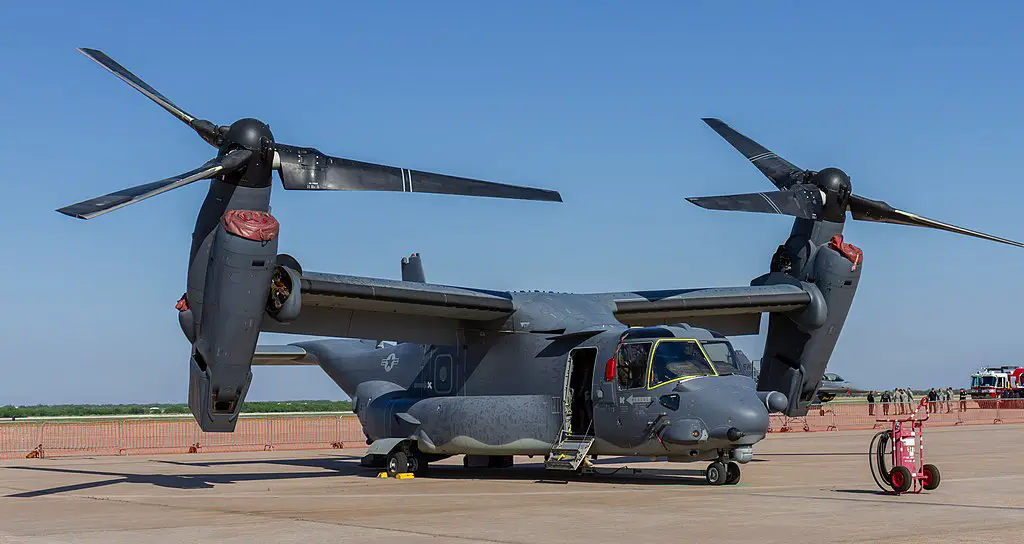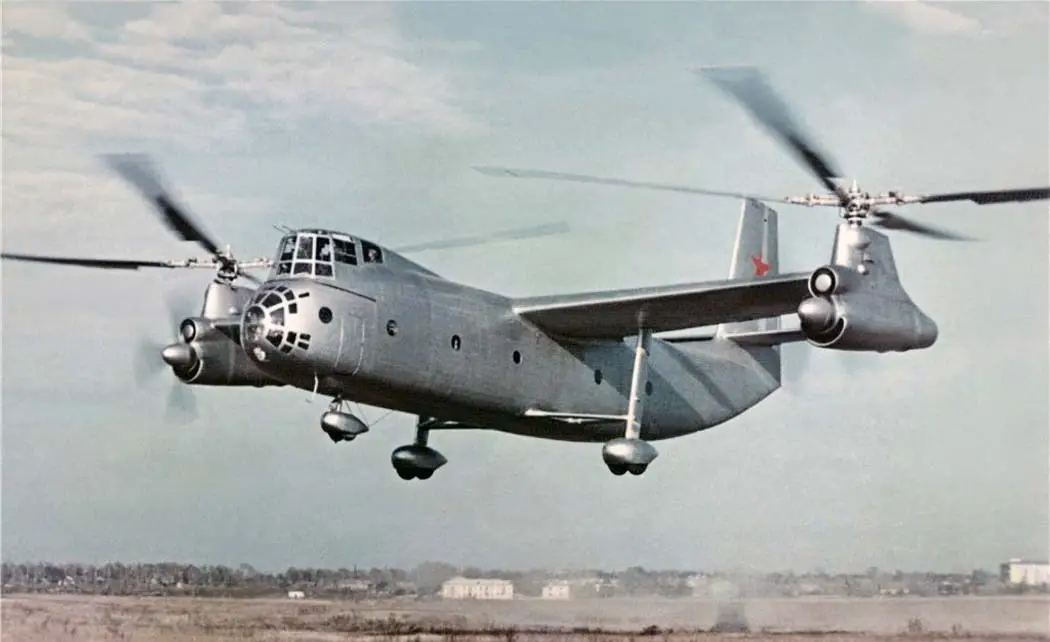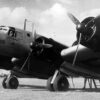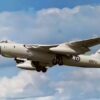A Revolutionary Blend
In the world of aviation, it seems that the number “22” is a secret code for “Let’s shake things up a bit.” Take, for example, the V-22 Osprey with its distinctive tiltrotor technology – definitely not your grandpa’s helicopter. And then there’s the Kamov Ka-22 “Vintokryl,” a name that’s as complex as the aircraft itself. Sharing more than just a number with the Osprey, the Ka-22 also boasts side rotors mounted on the ends of fixed wings. Emerging during the Cold War, this Soviet Union innovation was set to redefine the capabilities of traditional aircraft with its unique design and versatile applications in military and civilian sectors.
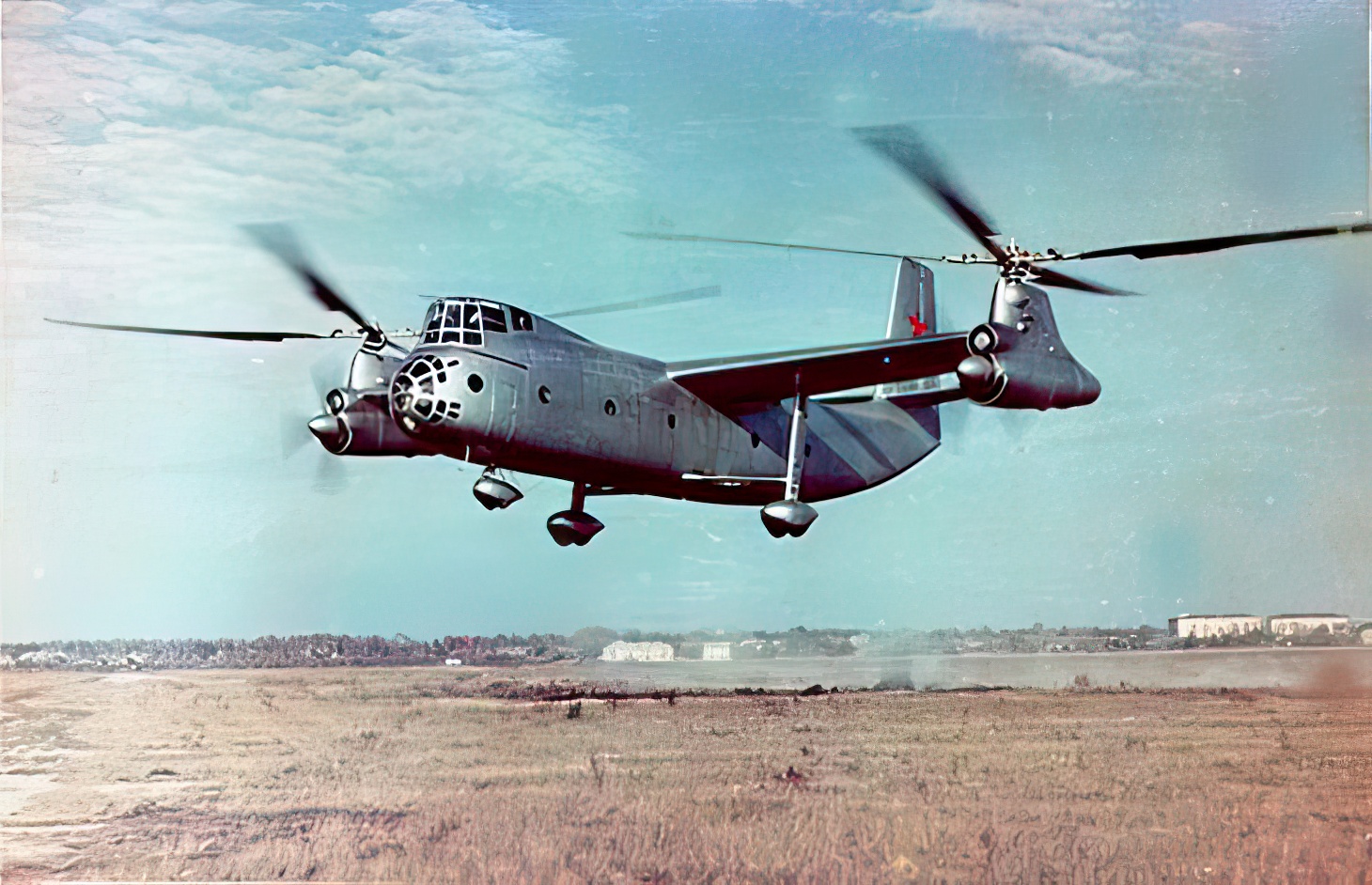
Dual Nature Design
At the heart of the Kamov Ka-22 was its ability to transition between vertical and horizontal flight, thanks to its dual rotor system mounted on fixed wings. Unlike conventional helicopters, the Ka-22’s rotors varied speed for control, a testament to its complex and dual-purpose design. This innovation allowed it to lift like a helicopter and soar like an airplane, challenging the boundaries of aviation technology.
The Ka-22 was a sizable craft designed to carry significant payloads. Its large fuselage was essential for troop transport and heavy lifting, but this feature also added to its aerodynamic complexities, particularly during flight transitions.
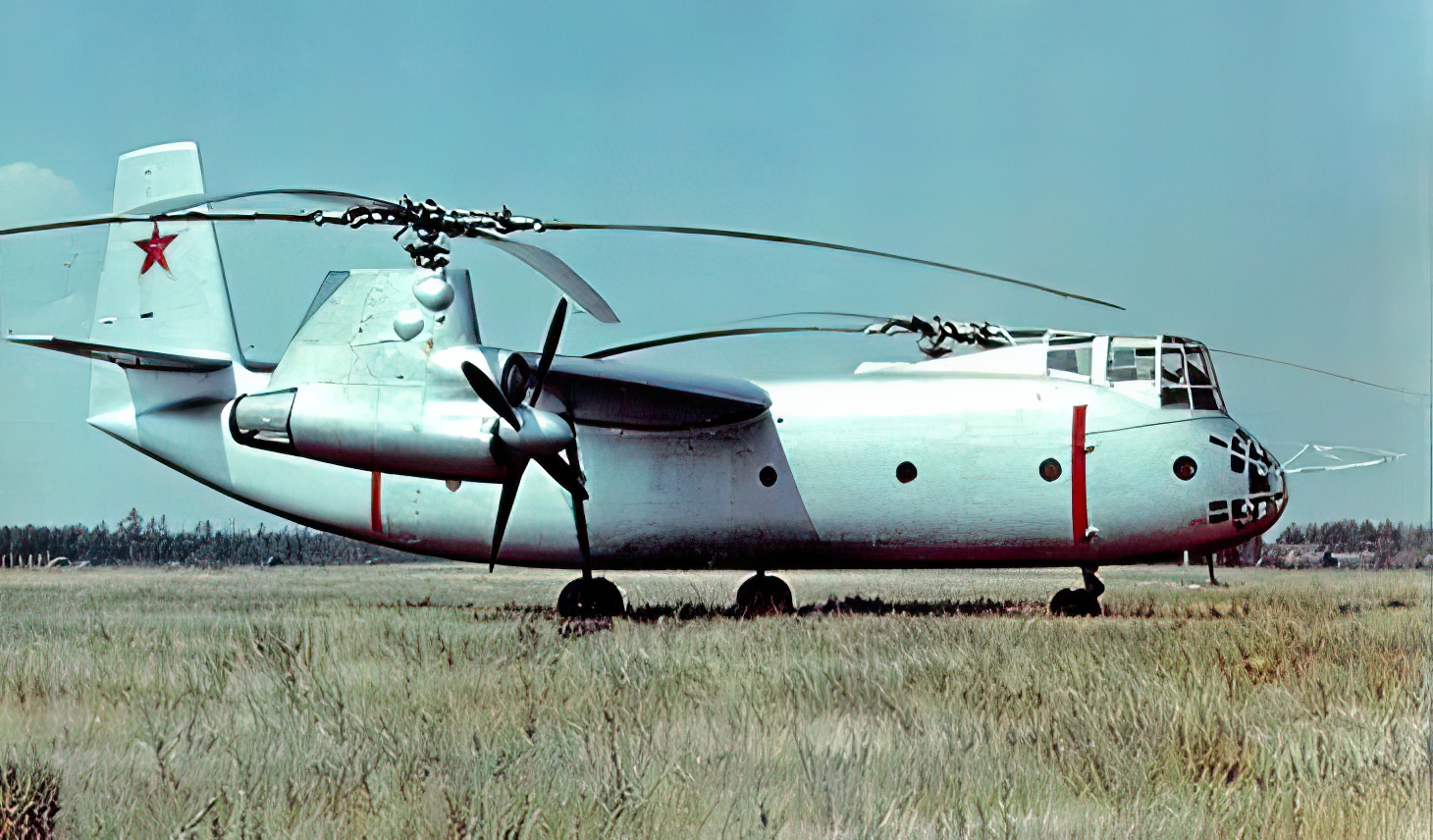
Operational Hurdles
With great innovation came significant challenges. Transitioning between modes required precision and timing, making the Ka-22 a complex machine to handle. Synchronizing the rotors for stable flight, especially during transitions, was critical, yet fraught with risks. The need for highly skilled pilots and the aircraft’s maintenance demands further underscored the operational challenges of this hybrid design.
Even with its challenges, the Ka-22 soared past expectations, setting speed records for rotorcraft by reaching a blistering 356.3 kilometers per hour back in 1961. With its vast cargo space and the nifty ability to lift off and touch down vertically, not to mention the speed and distance capabilities of an airplane, the Ka-22 demonstrated impressive versatility in a range of potential roles.
Pioneering Future Technologies
While the Ka-22 did not see widespread use, its innovative approach influenced future designs, contributing to the evolution of tiltrotor aircraft. It demonstrated the potential of integrating rotor and fixed-wing technologies, paving the way for advanced VTOL and tiltrotor designs.
The Ka-22’s safety record was checkered with accidents, reflecting the inherent risks of its ambitious design. The precarious transition between flight modes and the challenges in rotor synchronization were significant safety concerns, often exacerbated by the technological limitations of the time.
